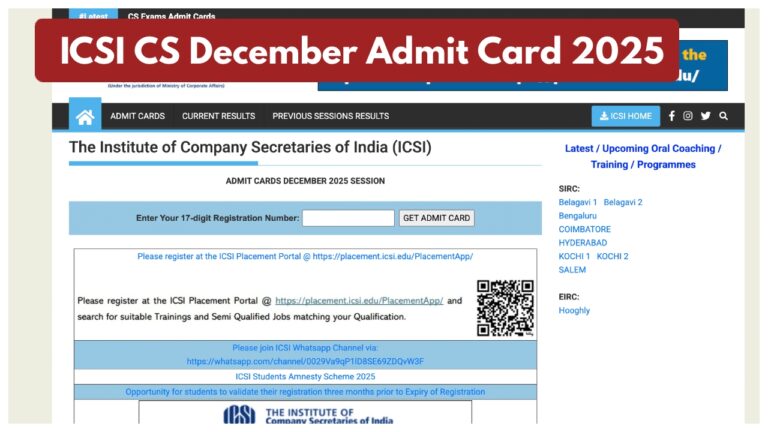Steaming means cooking in its own juice (the liquid often comes from the food itself, especially vegetables and fruit) or with a small amount of liquid added. This gentle process is equally suitable for vegetables, fish, poultry, and fruit. The food in question is placed in a wide, flat pot or pan with a little oil or water. The following applies to vegetables: the higher the water content of the vegetable, the less liquid is needed.
After a short boil, the food is then steamed over a medium heat. It is important that the cooking vessel chosen is tightly closed with a suitable lid so that the steam does not escape and the aromas are preserved. Therefore, the pot or pan should not be opened during steaming. Instead of stirring, gently shake the pot from time to time. Once the food is cooked, the excess liquid can then be used very well for preparing sauces.
A special form of steaming is sous-vide, in which vegetables, fish or meat, for example, are cooked in a plastic bag at low temperatures of less than 100 degrees Celsius.
Why steaming is so healthy
In contrast to traditional cooking, food is not completely submerged in water when steaming. Instead, it only comes into contact with a small amount of liquid and the resulting steam. This means that valuable vitamins and minerals, as well as taste and color, are better preserved. The reason for this is that they are not destroyed by excessively high temperatures and are not washed out by the cooking water.
At the same time, steaming is a completely sustainable and resource-saving technique. The food is usually ready after a short time at low to medium heat and little to no water is needed.
Which vegetables are particularly suitable for steaming?
In principle, almost all types of vegetables are suitable for steaming – some more, some less. Crisp, firm vegetables retain their bite even when steamed, while some types can quickly become mushy. That’s why it’s important to pay attention to the correct cooking time. Popular types of vegetables and their steaming times are:
| Vegetables | Steaming time |
|---|---|
| broccoli | 8 to 10 minutes |
| Carrots | 10 to 12 minutes |
| spinach | 3 to 4 minutes |
| Tomatoes | 3 to 5 minutes |
| Kohlrabi | 10 to 12 minutes |
| leek | 8 to 10 minutes |
| pumpkin | 10 to 12 minutes |
| Onions or leeks | 3 to 6 minutes |
| Cauliflower | 8 to 10 minutes |
| Parsnips | 8 to 10 minutes |
| paprika | 8 to 10 minutes |
It is important to ensure that the right amount of liquid is used for each type mentioned. The vegetables should not be completely covered with water. If they start to fry, the amount of liquid is not sufficient. Vegetables with a high water content, such as tomatoes, do not require any additional water and only need a short cooking time.









